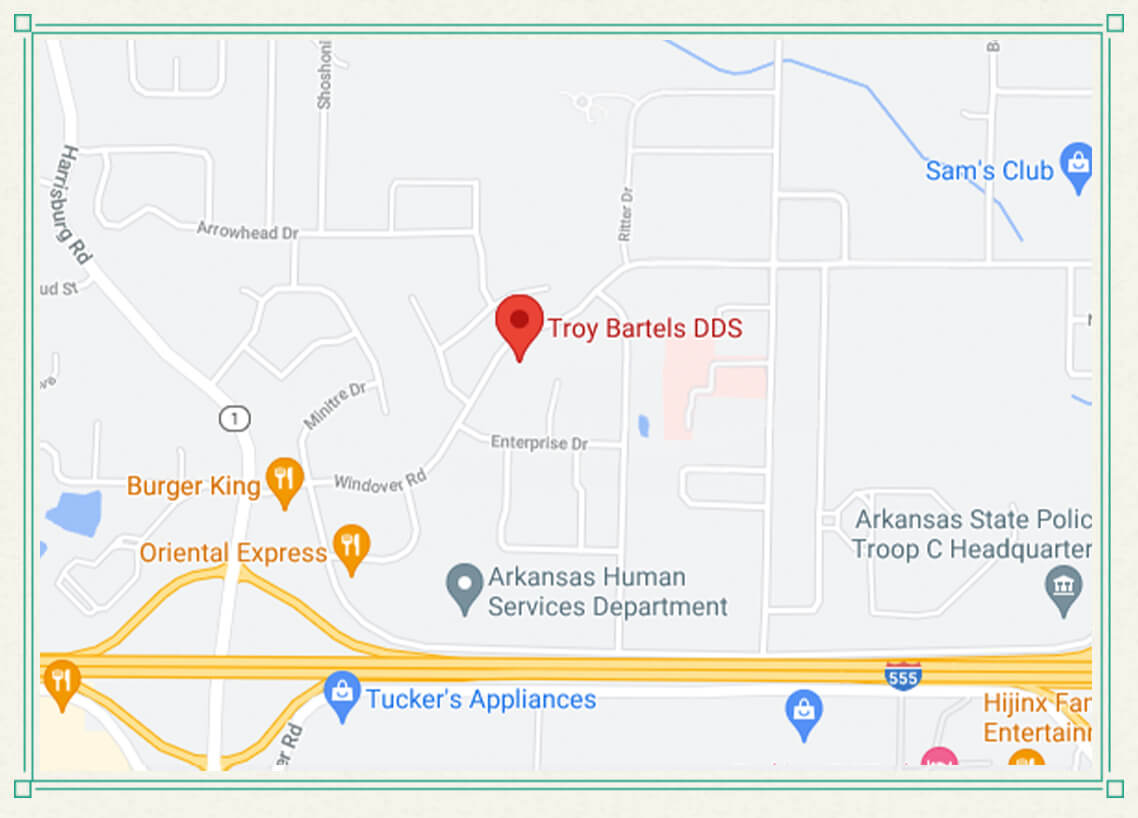Determining whether to obtain dental braces is a significant decision that entails considering various variables related to oral health and wellness, aesthetic appeals, individual comfort, and economic investment. Below’s a thorough expedition of each aspect to help you evaluate the pros and cons prior to making a choice:
1. Dental Wellness Conveniences:
Braces primarily aim to deal with dental imbalances, which can have a number of wellness benefits:
Positioning: Braces can straighten out uneven teeth, proper overcrowding, and straighten teeth to improve bite performance. Appropriate alignment reduces the risk of concerns like temporomandibular joint (TMJ) problems and uneven endure teeth. dental practice in lymm
Dental Health: Straight teeth are simpler to clean up, reducing the chances of plaque buildup, periodontal illness, and tooth cavities. This promotes better general dental wellness in the long-term.
2. Aesthetic Benefits:
Beyond wellness, braces can considerably enhance your smile and face visual appeals:
Confidence: Dealing with oral problems improves self-confidence and self-confidence, as you really feel more comfortable with your appearance.
Facial Balance: Appropriately straightened teeth can boost facial symmetry, contributing to a more balanced and attractive look.
3. Types of Braces:
There are numerous alternatives to take into consideration, each with its advantages and considerations:
Typical Dental Braces: Made of steel braces and cords, these work for the majority of orthodontic issues however are the most visible choice.
Clear Dental braces: Ceramic brackets blend with teeth, providing a less noticeable choice to conventional dental braces.
Undetectable Aligners: Removable trays (e.g., Invisalign) gradually change teeth without brackets or wires, supplying a very discreet choice for light to modest misalignments.
Selecting the ideal kind depends upon your orthodontic demands, visual preferences, and way of life factors to consider.
4. Considerations Throughout Therapy:
Dental braces call for dedication and upkeep throughout the therapy period:
Duration: Treatment usually lasts 1-3 years, depending upon the intricacy of the case and the chosen treatment choice.
Adjustments: Regular visits to the orthodontist are needed for adjustments to ensure the teeth are relocating properly.
Discomfort: First discomfort and discomfort are common after changes however normally decrease within a couple of days.
5. Financial Considerations:
The price of dental braces can vary commonly, affected by aspects such as type of dental braces, treatment period, and your location:
Cost: Conventional braces are usually extra budget-friendly than clear braces or invisible aligners. Lots of dental insurance plans cover a portion of the cost, however you ought to verify insurance coverage information with your company.
Repayment Alternatives: Orthodontists often supply layaway plan to make treatment extra workable monetarily.
6. Personal Factors:
Private circumstances contribute in choosing whether dental braces are right for you:
Age: Dental braces are effective at any type of age, but therapy may be extra straightforward and quicker for more youthful clients whose bones are still growing.
Way of living: Take into consideration how dental braces will certainly impact your every day life, such as nutritional changes (avoiding hard or sticky foods), dental health routines (cautious cleaning and flossing), and social communications (getting used to visible braces or managing undetectable aligners).
7. Examination with Orthodontist:
Before determining, schedule an assessment with a certified orthodontist:
Assessment: The orthodontist will certainly analyze your dental wellness, discuss therapy choices, and offer recommendations based upon your certain needs and objectives.
Clear Up Worries: Use this opportunity to ask questions regarding the treatment procedure, expected results, maintenance demands, and any type of problems you might have.
Long-Term Conveniences:
Braces use enduring renovations past the first therapy period:
Retention: After braces are removed, retainers aid maintain the positioning of your teeth. This stage is essential to avoid regression and ensure enduring results.
Health Influence: Properly straightened teeth contribute to much better total health, including improved digestion (through better chewing) and minimized risk of jaw pain or headaches connected with misalignment.
9. Possible Difficulties:
While braces supply significant advantages, there are some challenges to consider:
Discomfort: Adjustments and using dental braces or aligners can trigger short-term pain or soreness, particularly after tightening or switching trays.
Upkeep: Appropriate oral hygiene is essential throughout therapy to stop plaque build-up and preserve gum health and wellness. This calls for persistance in brushing, flossing, and cleansing around braces or aligners.
Dietary Adjustments: Specific foods might need to be stayed clear of to prevent damage to dental braces or aligners. This includes sticky candies, difficult foods, and items that can conveniently obtain stuck.
10. Mental Factors to consider:
Braces can influence self-image and social communications, particularly for teenagers and grownups:
First Modification: It may require time to get utilized to the look and feeling of dental braces or aligners.
Social Understanding: While modern-day options like clear dental braces or unnoticeable aligners are less visible, the initial modification period may impact self-confidence or social interactions.
11. Timing and Planning:
Consider your life conditions and timing for beginning orthodontic treatment:
Life Occasions: Strategy around substantial life events such as wedding events, college graduations, or occupation adjustments that may affect your treatment routine.
Institution or Work: Take into consideration how dental braces or aligners fit into your daily routine and specialist or scholastic dedications. https://lymmdentalpractice.co.uk/
12. Alternative Options:
Depending upon your dental requirements and preferences, choices to traditional braces might be available:
Clear Aligners: These are a progressively popular choice for moderate to moderate alignment concerns, using a much more very discreet treatment experience.
Retainers: For small changes or maintaining positioning, retainers alone might be sufficient after previous orthodontic treatment.
Verdict:
Making a decision whether to get dental braces entails weighing the benefits versus the factors to consider one-of-a-kind to your circumstance. It’s a choice that affects both your oral wellness and individual self-confidence. By considering all these variables and talking to an orthodontist, you can make an informed choice that straightens with your lasting oral and aesthetic goals.

